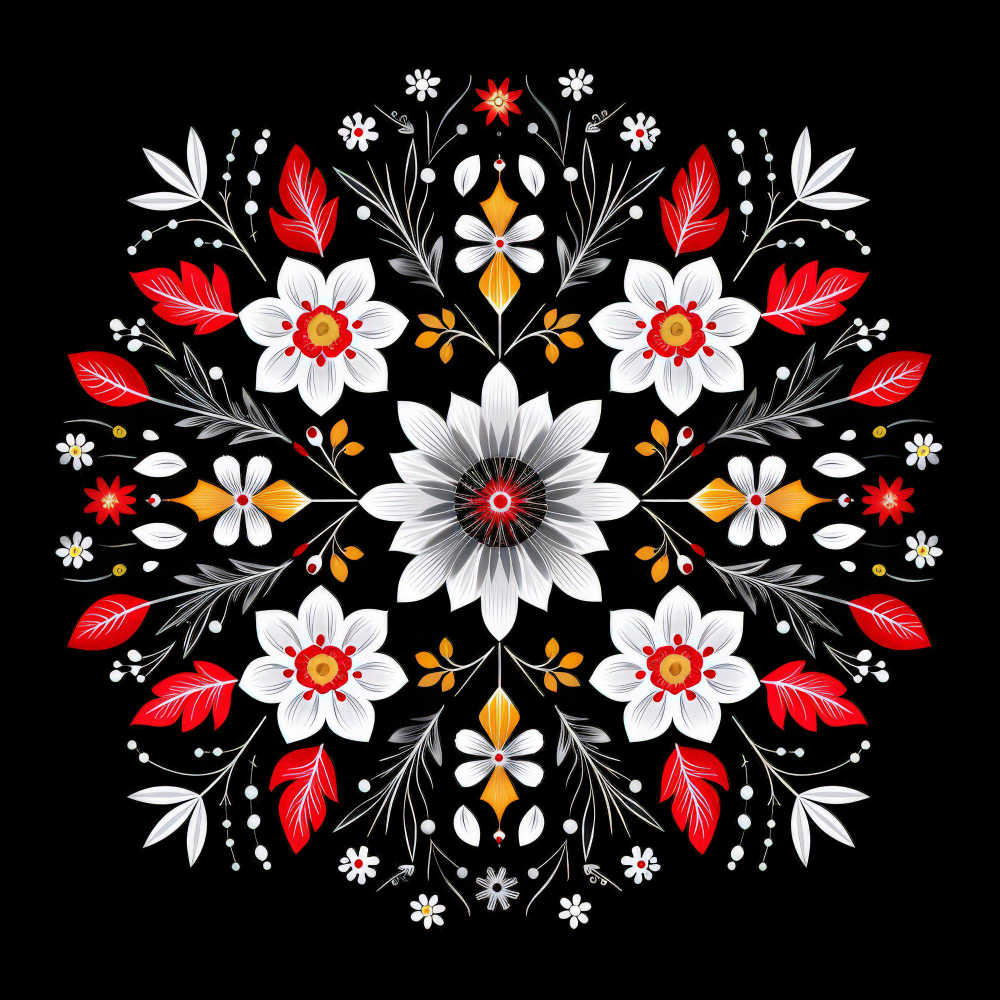
What does an embroidery digitizer do
In the world of embroidery, the process of transforming a design idea into a finished piece of textile art involves several critical steps. One of the most essential roles in this process is that of the embroidery digitizer. Understanding what an embroidery digitizer does can provide insight into how intricate designs are translated into beautiful embroidered pieces. This article explores the responsibilities of an embroidery digitizer, their skills, and the impact they have on the final embroidered product.
What Is Embroidery Digitizing?
Embroidery digitizing is the process of converting artwork or design ideas into a digital format that can be read and executed by embroidery machines. This digital format is essentially a set of instructions or a file that guides the embroidery machine on how to stitch the design onto fabric. The role of the embroidery digitizer is to create these files using specialized software, ensuring that the final embroidery is both accurate and aesthetically pleasing.
Responsibilities of an Embroidery Digitizer
Design Interpretation
The primary task of an embroidery digitizer is to interpret design files or artwork provided by clients or designers. This can include logos, illustrations, or custom artwork. The digitizer must understand how to translate these designs into a format that the embroidery machine can process, preserving the original design’s details and intent.
Creating Digital Embroidery Files
Using embroidery digitizing software, the digitizer converts the design into a digital embroidery file, commonly in formats like .DST, .PES, or .EXP. This involves defining stitch types, paths, densities, and thread colors. The digitizer selects the appropriate stitch techniques (such as satin stitches, fill stitches, or running stitches) to achieve the desired effect and ensures that the design will stitch out correctly on the chosen fabric.
Adjusting for Fabric and Thread
Different fabrics and threads can affect how an embroidery design appears. An embroidery digitizer must adjust the design to accommodate these variables, ensuring that the stitches align correctly and the design looks good on the fabric. This includes setting appropriate stitch densities to prevent issues like puckering or thread breakage.
Testing and Refinement
Before finalizing the design, an embroidery digitizer often conducts test stitches on a sample piece of fabric. This test run helps identify any issues with the design, such as alignment problems or areas where the stitching might be too dense or sparse. Based on the results, the digitizer makes necessary adjustments to refine the design and ensure optimal quality.
Collaboration and Communication
Embroidery digitizers frequently collaborate with clients, designers, and embroiderers to ensure that the final product meets the desired specifications. Clear communication is crucial to understanding client preferences, addressing any design modifications, and providing guidance on how the design should be executed.
Skills and Tools Used by Embroidery Digitizers
Digitizing Software
Embroidery digitizers use specialized software to create and modify embroidery files. Popular software options include Wilcom, Hatch, and Brother’s PE-Design. These programs offer tools for designing, editing, and testing embroidery files, allowing digitizers to fine-tune every aspect of the design.
Attention to Detail
Embroidery digitizing requires a keen eye for detail. The digitizer must accurately translate intricate designs into stitch patterns, considering factors such as stitch direction, density, and color changes.
Knowledge of Embroidery Techniques
A thorough understanding of embroidery techniques and stitch types is essential. Digitizers need to know how different stitches interact with various fabrics and threads to create designs that look professional and are durable.
Creativity and Problem-Solving
Creativity is important in adapting designs to fit within the constraints of embroidery technology. Digitizers must also be adept at problem-solving, addressing issues that arise during the digitizing and testing phases.
An embroidery digitizer plays a crucial role in bringing artistic designs to life through embroidery. By converting artwork into digital files that guide embroidery machines, they ensure that the final product accurately reflects the original design and meets quality standards. Their expertise in design interpretation, file creation, and adjustment for fabric and thread contributes significantly to the success of embroidery projects, making them an essential part of the embroidery process.
To place an order, please call us at +1 409 234 9296 or email us at support@digitizerspatch.com.


Leave a Comments